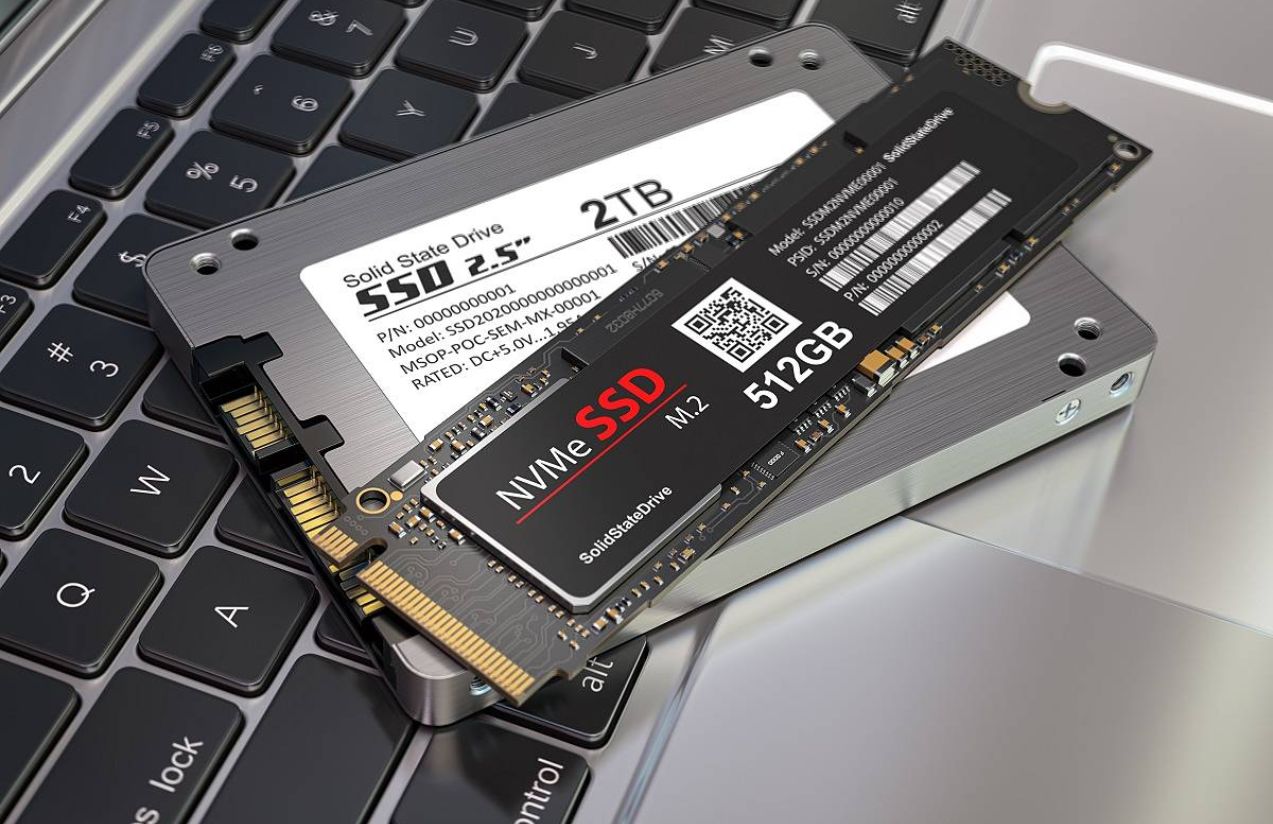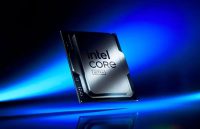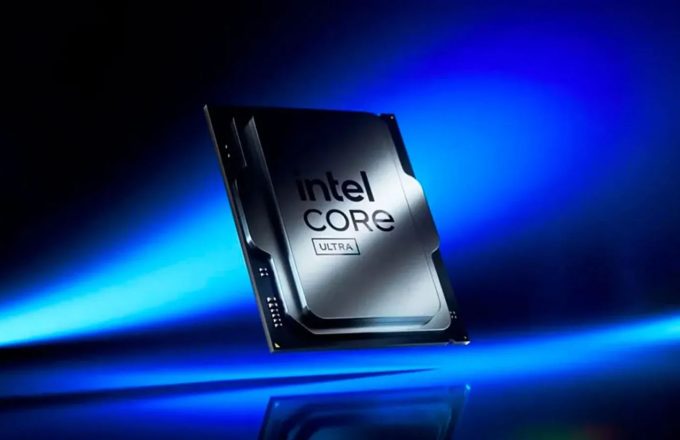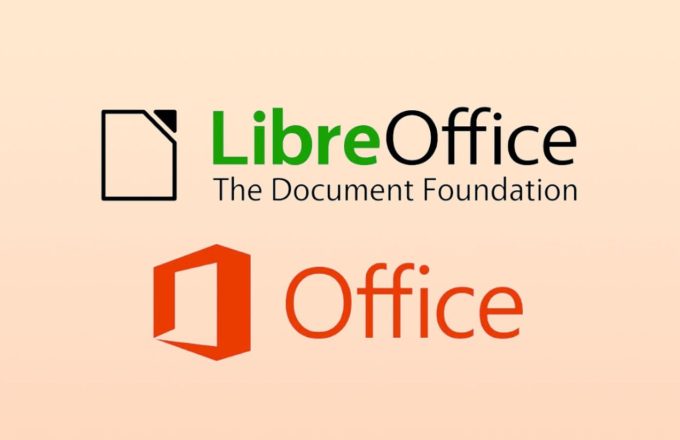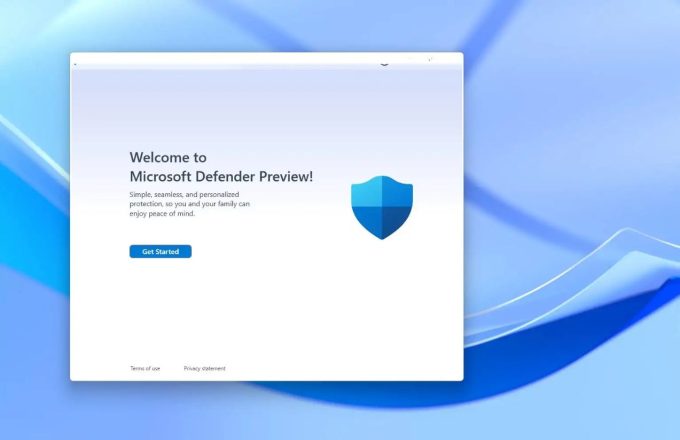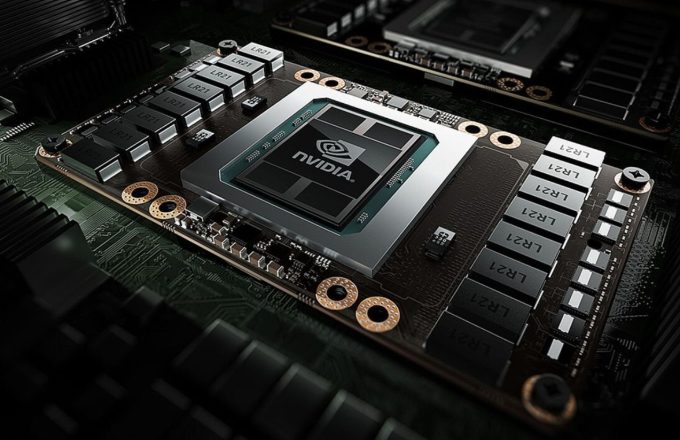For some time now, buying hardware components—especially graphics cards and storage drives—has become something of a high-risk activity. Even when shopping from well-known retailers, the chances of falling victim to a scam are surprisingly high, and SSDs are without a doubt among the most frequently affected products.
The steep drop in SSD prices over recent years has fueled demand, but it has also opened the floodgates to a wave of counterfeit units flooding the market. If you’ve already purchased one and are questioning its authenticity—or you’re about to make a purchase and aren’t sure whether to trust the offer—there are several warning signs that can help you determine if you’re dealing with a genuine product or a fake.
One of the clearest indicators of a counterfeit SSD is the price. If the unit you’re looking at is significantly cheaper than others with similar specs, chances are it’s not what it claims to be. In this case, it’s best to use reliable platforms like Amazon to compare prices across brands and capacities. While prices may vary slightly among manufacturers, they generally fall within the same range. A price that stands out for being dramatically lower should raise immediate red flags.
Packaging can also reveal whether a unit is fake. Counterfeit products often neglect key details, such as the presence of CE (for Europe) or FCC (for the United States) certifications, which indicate compliance with market regulations. It’s also important to check for spelling errors on the box, confirm that the serial number matches the manufacturer’s records, and scan any included QR codes to verify authenticity.
Another useful tool is the official software provided by the manufacturer. These applications are designed to detect and manage their own products. If the program fails to recognize the SSD or can’t access its information, that’s a strong indication that you’re dealing with a counterfeit.
Finally, one of the most conclusive ways to verify an SSD’s authenticity and performance is by using specialized tools like CrystalDiskMark. This free software measures read and write speeds, allowing you to compare them with the manufacturer’s claimed specifications. Fake drives will almost inevitably reveal themselves: problems when reading or writing data, frequent errors as free space runs low, or even data corruption.
The takeaway is clear: while SSDs have become more affordable, the market has also become more vulnerable to fraud. Paying attention to the details, comparing prices, and using diagnostic tools can mean the difference between a smart purchase and an unfortunate scam.


